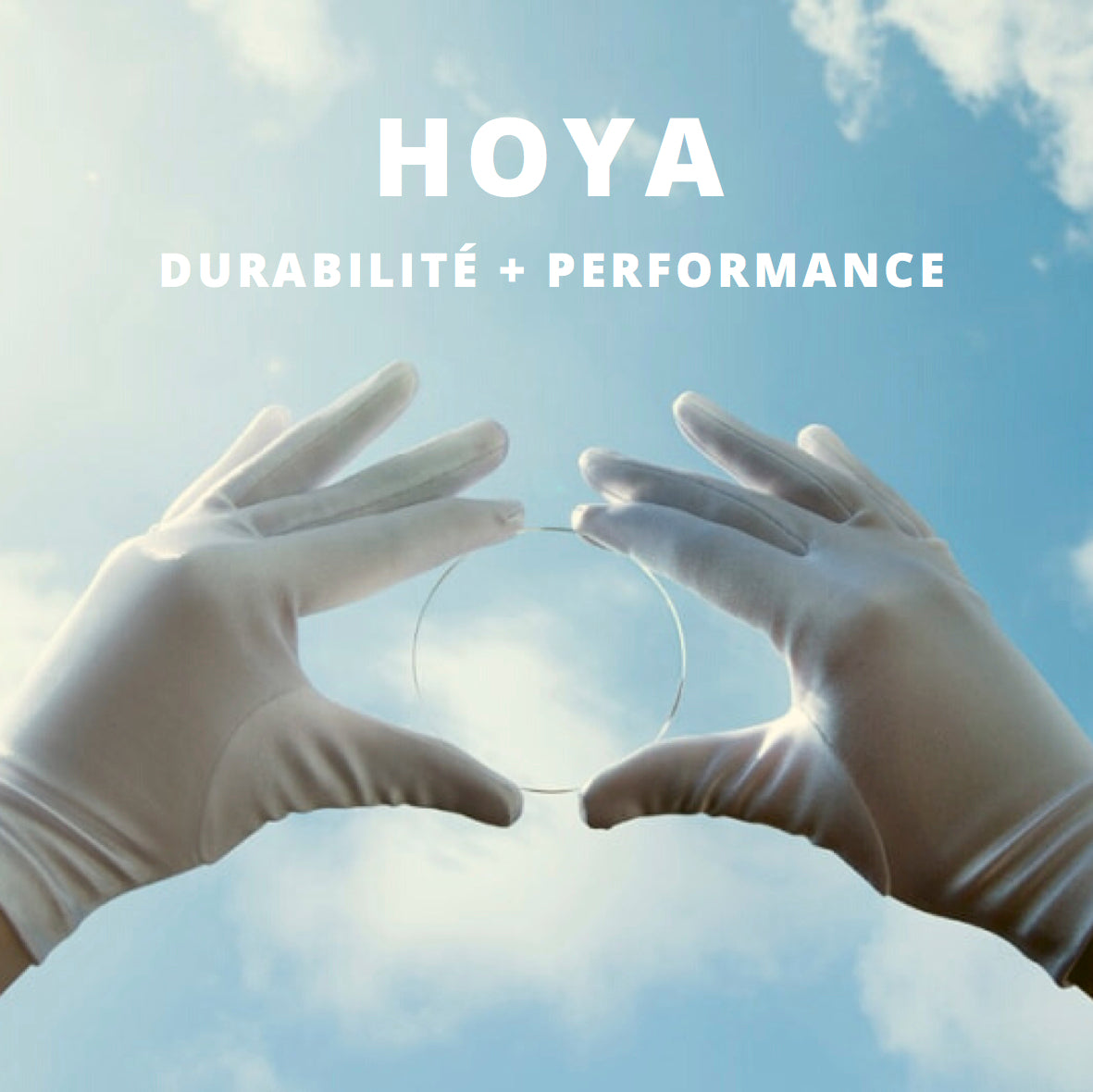Tired of having blurry vision due to faulty eyeglass lens surface? You are not alone… As the most popular labs in the country have this problem, we have decided to withdraw and offer our customers the anti-reflective and anti-scratch coatings from Hoya Japan.
One of the most important things to understand regarding this topic is that lenses have what is scientifically called a coefficient of thermal expansion. It is a fancy way of saying that lenses expand and contract with temperature.
When the glass expands and contracts at a different rate than the coating, it can, and very often will, crack. Keep in mind that the ultra-hard anti-reflective coating is very, very thin compared to that of the glass below.
What does the surface defect look like? Is it everywhere or located in the center and in the shape of a circle? Are the cracks vertical, horizontal, circular or sporadic? The shape of the cracks will tell what which caused the cracking in this particular case.
A very good coating is not necessarily the hardest, but it expands at exactly the same rate as the base material. The more vitreous the coating, the more its possibility of crunch is great. Unfortunately, this is often the case. Several laboratories persist in selling treatments that are too stiff and not very flexible.
Heat is the problem, almost always! Hot tap water has destroyed thousands of lentils in recent years. We understood this by asking questions of the victims:
Q. Were your glasses left in the car? No.
Q. Placed in checked baggage at the airport? No.
Q. Worn in a sauna? No.
Q. Is there any reason you would think they would have gotten hot? Well hmmmmm. I clean them every day under hot water. I let the water become too hot as possible, then I clean them.
Avoid, even with Hoya glasses; )

